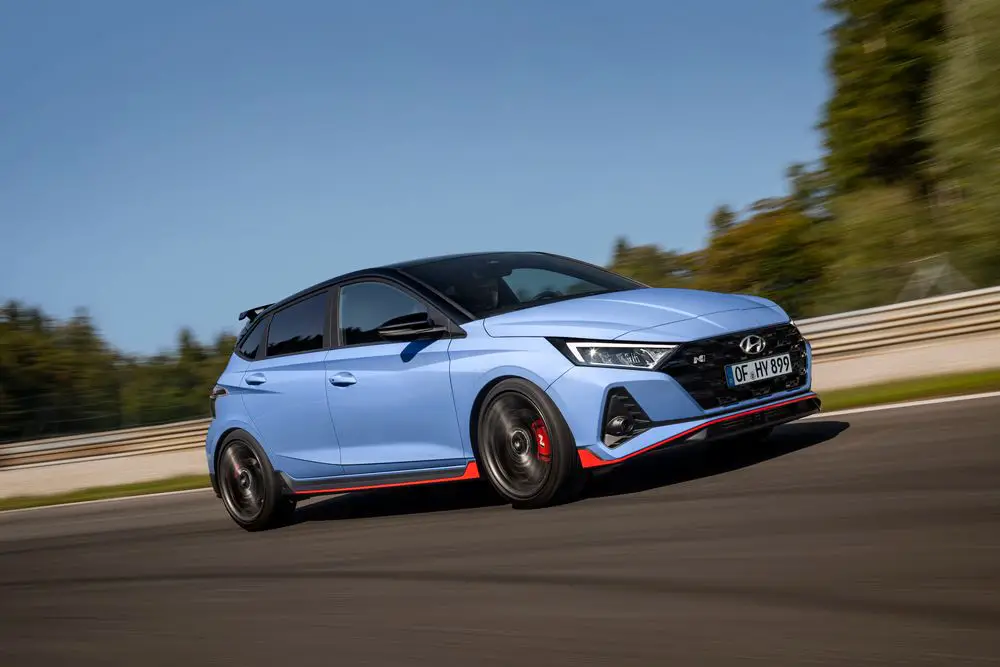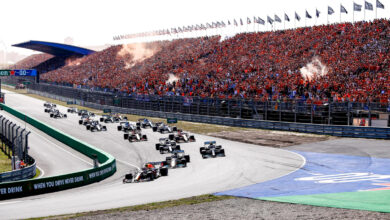What Is DRS and How Does it Work in F1?
What does DRS stand for?
DRS stands for Drag Reduction System. It’s a technology used in F1 racing to temporarily alter a car’s aerodynamics in order to reduce drag and increase its acceleration and top speed to help with overtaking.
The DRS system consists of a flap on the rear wing of the car that can be opened or closed by the driver at certain times during the race. When the flap is opened, the wing adjusts to a shallower angle, reducing drag on the car and increasing its straight-line performance. The DRS can only be used in specific areas of the track, known as DRS zones, and only under certain conditions. It is designed to allow drivers to overtake other cars more easily and make the race more exciting for viewers.

When did DRS start being used by F1?
The Drag Reduction System (DRS) was first introduced in Formula 1 racing in 2011. It was implemented as a way to improve overtaking and make the races more exciting, as the design of the cars at the time made it difficult for drivers to pass each other on the track thanks to something called dirty air.
The use of the DRS has been met with mixed reactions in the F1 community, with some arguing that it has made the racing too artificial while others argued that it has added an exciting element to the sport.
How does DRS work?

DRS works by temporarily adjusting the angle of the rear wing of a Formula 1 car. The system consists of a flap on the rear wing that can be opened or closed by the driver at certain times during the race. When the flap is opened, the wing adjusts to a shallower angle, reducing drag on the car and increasing its top speed.
This overtaking aid can’t be used by drivers whenever they want to, however. They need to be in specific overtaking zones of the track which have been defined by the FIA / F1 ahead of the race, and on top of this, they also need to be within one second of the car in front. Once the car hits the DRS detection point, the driver can press a button on their steering wheel and engage the mode.
To make the start more of an even fight, DRS cannot be used for the first two laps. This rule also stands after a yellow flag, or when racing resumes after an interruption.
Where are DRS Zones on a track?

DRS zones are chosen by the FIA and F1. Usually they’re placed at the best overtaking zones of the track, usually including the main straight. But they also take into account generally how easy it is to overtake on the track and the safety of doing so. See the red highlighted parts of the Australian GP track above.
DRS zones will change from year to year, and it all depends on the layout of the track and how fans, drivers, and stewards have reacted to any changes for that season.
Can DRS be disabled?
DRS can also be disabled by the race stewards if they feel it is being used in an unsafe or unfair manner. For example, if the track is wet and the stewards expect the use of DRS to be too dangerous thanks to the added performance the cars gain, they will turn it off during a race. It can however be turned back on if it’s deemed safe to do so.
What’s a DRS train and why are they hated?
A DRS train consists of 3 or more cars with all of those following the leader having DRS enable because of their proximity to the car in front. Because each car has DRS enabled, and therefore has access to higher straight-line performance, it’s incredibly difficult for those drivers involved in the train to perform an overtake.
Fans hate this because it stops drivers from overtaking. This in-turn makes the racing very boring for those watching, and is one of the main arguments against the technology.



